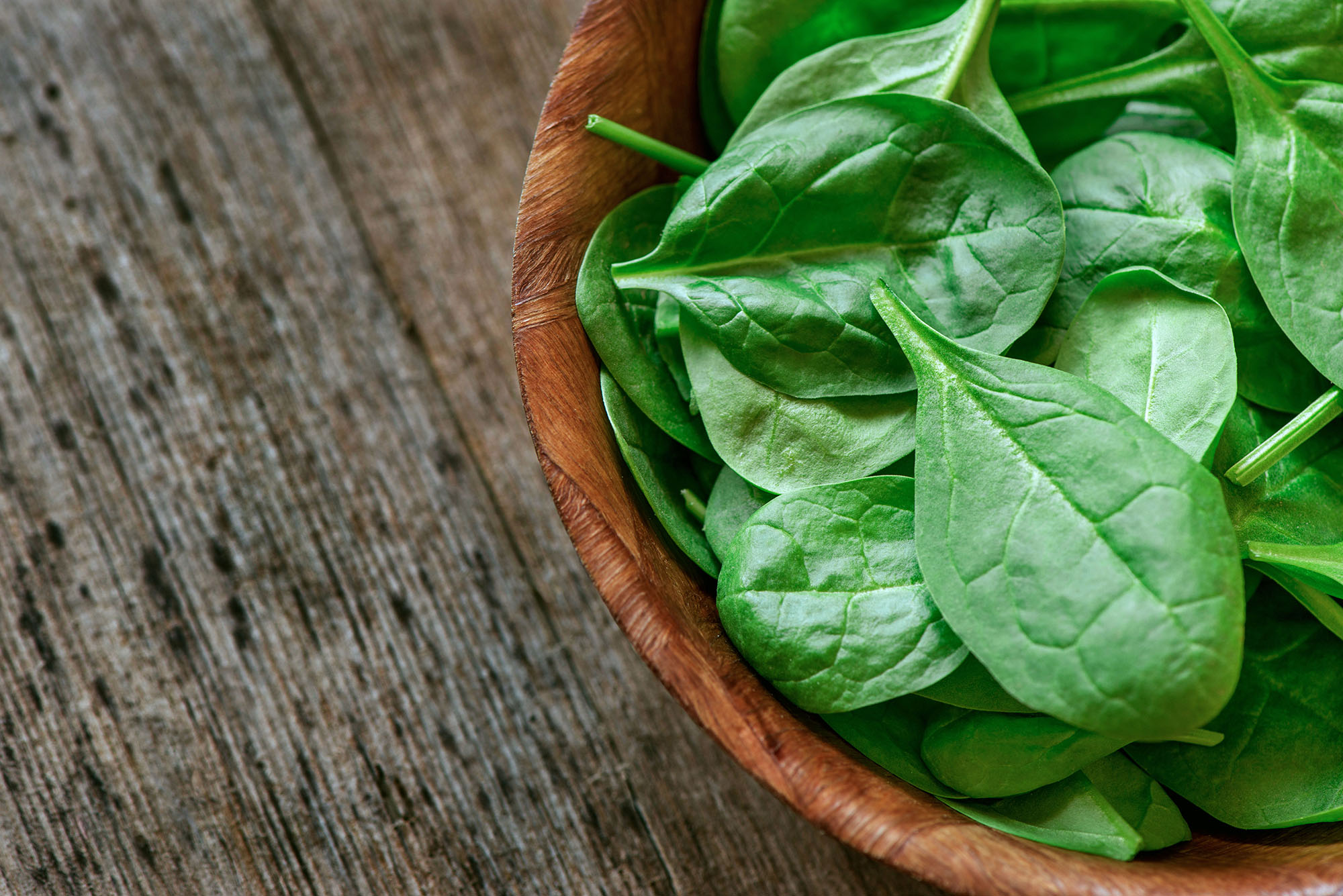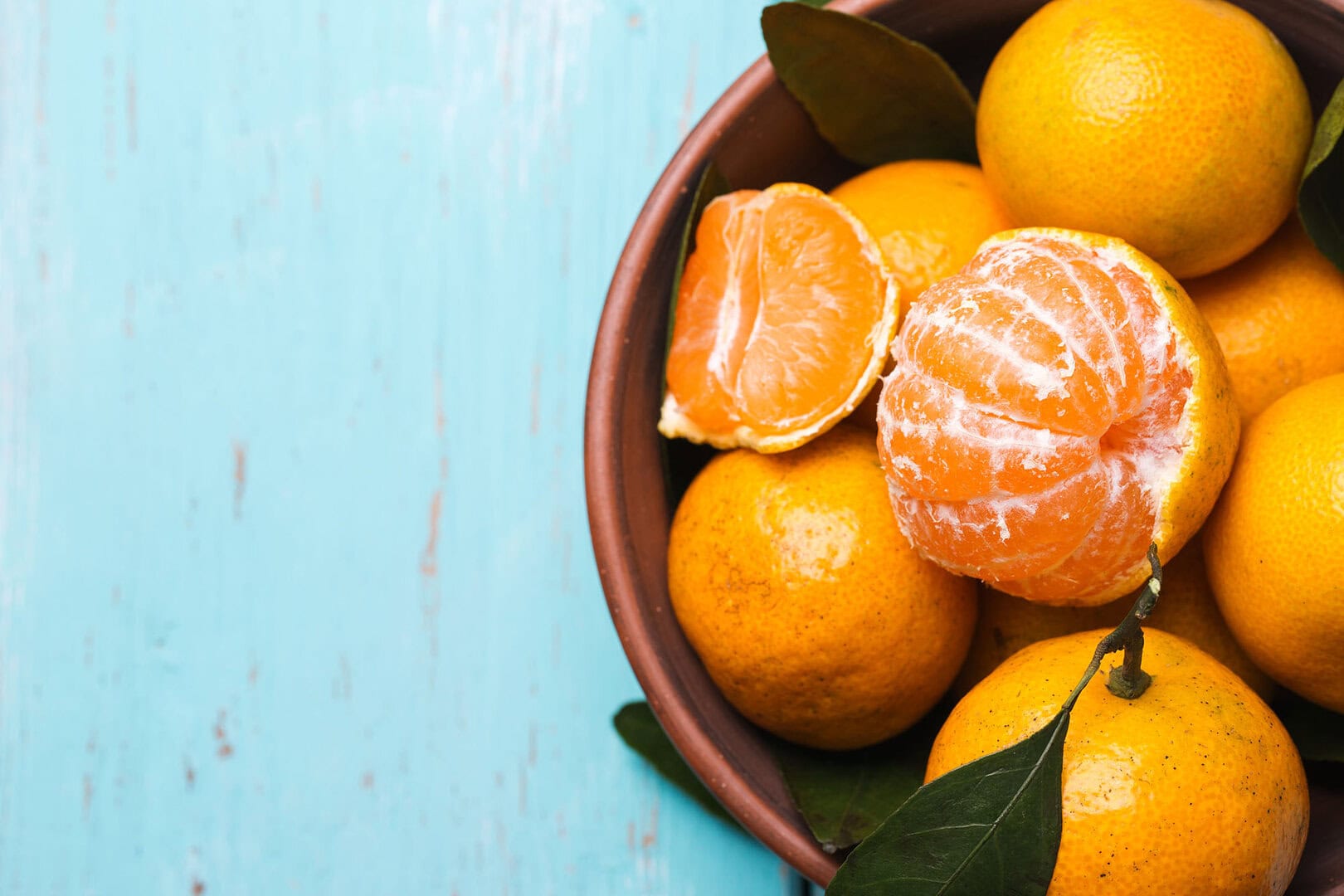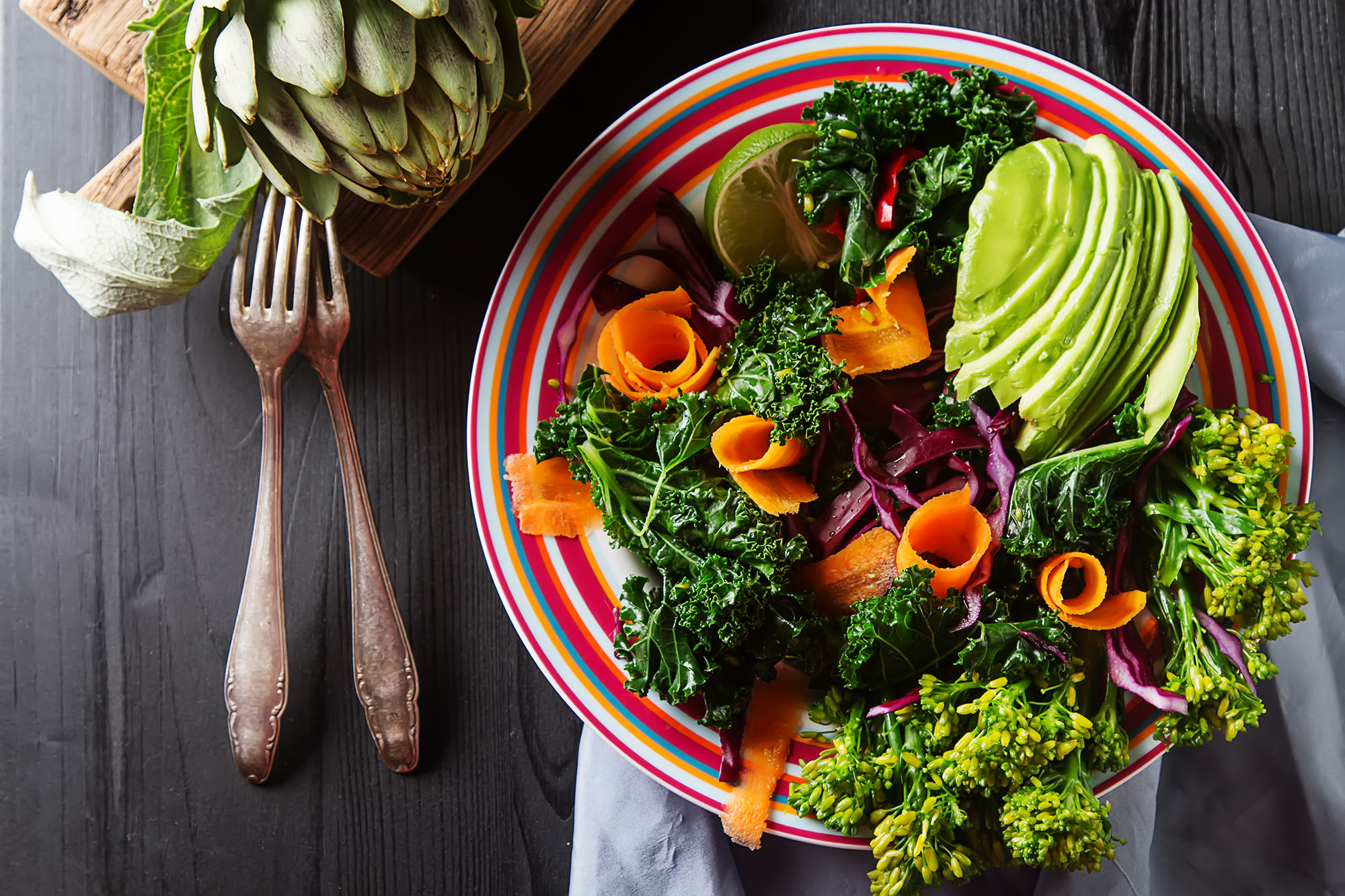Eat your way to better eye health.
Eating a well-balanced diet filled with a variety of fruits and vegetables is not only key for your overall well-being, it’s essential for maintaining your vision and eye health. And it’s about a whole lot more than crunching on carrot sticks.
For decades, the humble orange root vegetable has been the poster child for eye health due to its high vitamin A content.
“If you don’t have enough vitamin A, you will go blind,” says Dr. Troy Ogden, optometrist and co-owner of Downtown Vision in Reno and Carson City. “There are areas in Sub-Saharan Africa where the soil doesn’t produce fruits and vegetables high in that vitamin, so there are mission groups that go around and actually take vitamin A capsules and squirt them into the mouths of children to help stave off this kind of blindness.”
But in most countries, vitamin A-rich produce is plentiful, and products such as milk are fortified with it.
While a diverse diet rich in fruits and vegetables should cover your eye’s nutritional needs, family history may dictate a need for supplementation or a renewed focus on consuming certain vitamin-rich foods.
Those who are genetically predisposed to age-related macular degeneration — a disease that can blur your central vision — should consider a diet high in lutein and zeaxanthin, which can be found in high concentrations in dark-green, leafy vegetables such as spinach, kale, and Swiss chard. Lutein — in addition to zinc, found in red meat, shellfish, and nuts — also can help improve vision for those who struggle to see clearly at night, Ogden explains.

As the eye ages, the proteins in the lens begin to break down and clump together, creating a cloudy area known as a cataract.
“Cataracts are an oxidative process, so antioxidants are very important. Because the eye is basically filled up with water, vitamin C becomes the most important vitamin to help decrease the risk or even delay the onset of cataracts,” Ogden notes.
Citrus fruits, strawberries, green peppers, and tomatoes are all high in Vitamin C.

The body is a whole system, and keeping your blood pressure, blood sugar, and cholesterol in check are critical in protecting the microscopic capillaries in the back of the eye.
It’s all about “moderation and variety” in your diet, Ogden says.
“If you live by that, it actually works out really, really well,” he adds. “Diabetes and diabetic retinopathy are very quick ways to destroy the inside of the eye. So changing your diet, getting away from some of the processed foods and carbohydrates, and exercising are all ways to keep those blood vessels from getting damaged.”
For details about scheduling your appointment, visit Downtownvisionnv.com.


